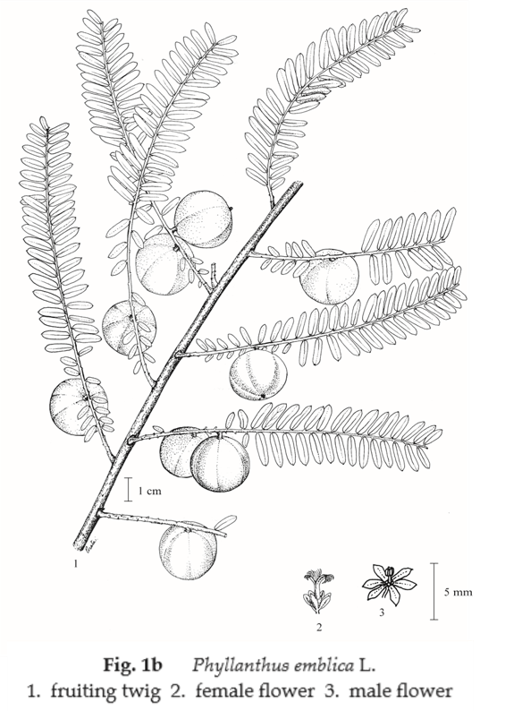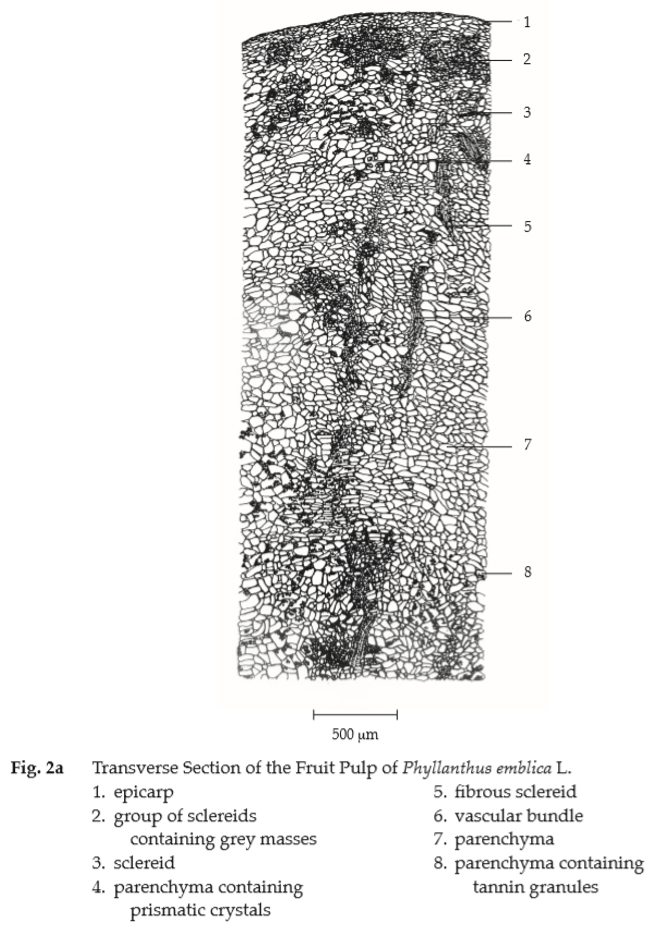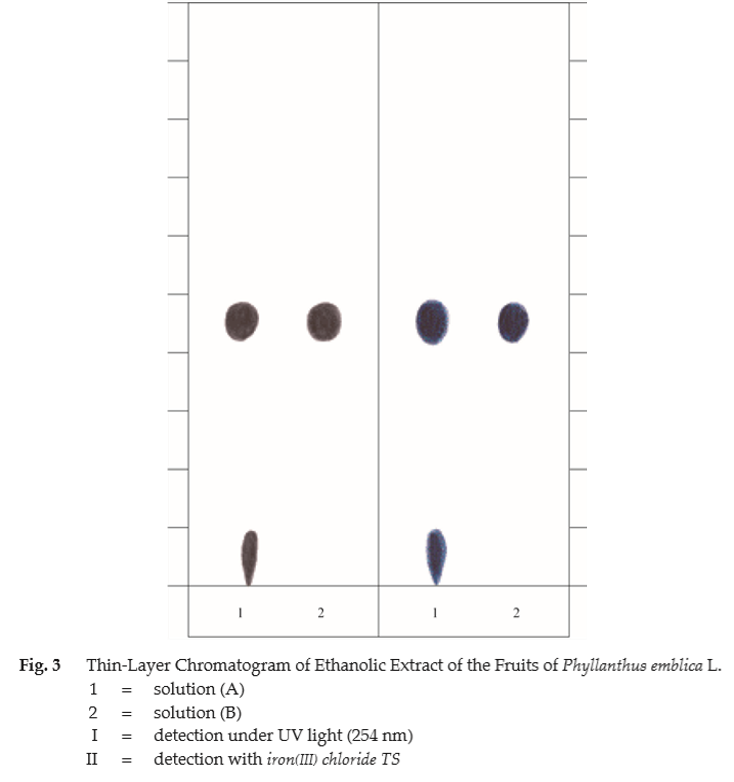ตำรามาตรฐานยาสมุนไพรไทย
Thai Herbal Pharmacopoeia
สำนักยาและวัตถุเสพติด กรมวิทยาศาสตร์การแพทย์ กระทรวงสาธารณสุข
Bureau of Drug and Narcotic, Department of Medical Sciences, Ministry of Public Health(Tinospora crispa (L.) Hook.f. & Thomson)
(Nelumbo nucifera Gaertn.)
(Centella asiatica (L.) Urb.)
(Centella Dry Extract)
(Centella Cream)
(Mesua ferrea L.)
(Piper sarmentosum Roxb.)
(Piper sarmentosum Roxb.)
(Pterocarpus santalinus L. f.)
(Santalum album L.)
(Senna tora (L.) Roxb.)
(Senna alata (L.) Roxb.)
(Senna Alata Tea)
(Piper retrofractum Vahl)
(Myristica fragrans Houtt)
(Andrographis paniculata (Burm. f.) Nees)
(Andrographis Capsules)
(Allium ascalonicum L.)
(Ocimum tenuiflorum L.)
(Curcuma longa L.)
(Turmeric Capsules)
(Turmeric Dry Extract)
(Turmeric Dry Extract Capsules)
(Arcangelisia flava (L.) Merr.)
(Curcuma sp.)
Harrisonia perforata (Blanco) Merr.
(Aristolochia pierrei Lecomte)
(Zingiber officinale Roscoe)
(Ginger Capsules)
(Ginger Tea)
(Cassia fistula L.)
(Nardostachys jatamansi (D. Don) DC.)
(Angelica sinensis (Oliv.) Diels)
Artemisia annua L.
(Ligusticum sinense Oliv. cv. Chuanxiong)
(Neopicrorhiza scrophulariiflora Pennell)
(Atractylodes lancea (Thunb.) DC.)
(Aucklandia lappa Decne)
(Terminalia chebula Retz.)
(Angelica dahurica (Hoffm.) Benth. & Hook. f. ex Franch. & Sav. var. dahurica)
(Kaempferia parviflora Wall. ex Baker)
(Hibiscus sabdariffa L.)
(Roselle Tea)
(Allium sativum L.)
(Zingiber zerumbet (L.) Sm.)
(Wurfbainia testacea (Ridl.) Škorničk.& A. D. Poulsen)
(Cannabis sativa L.)
(Myristica fragrans Houtt)
(Dracaena cochinchinensis (Lour.) S. C. Chen)
(Ficus racemosa L.)
(Hyptis suaveolens (L.) Poit.)
Clerodendrum indicum (L.) Kuntze
(Phyllanthus emblica L.)
(Citrus hystrix DC.)
(Citrus hystrix DC.)
(Areca catechu L.)
(Momordica charantia L.)
Moringa oleifera Lam.
(Aegle marmelos (L.) Corrêa)
(Solanum trilobatum L.)
(Morus alba L.)
Gynostemma pentaphyllum(Thunb.)
Makino
(Clinacanthus nutans (Burm. f.) Lindau)
(Cissus quadrangularis L.)
(Mimusops elengi L.)
(Zingiber montanum (J. König) Link. ex A. Dietr.)
(Piper betle L.)
(Capsicum annuum L.)
(Capsicum Oleoresin)
(Capsicum Gel)
(Piper nigrum L.)
(Piper nigrum L.)
(Eurycoma longifolia Jack)
(Thunbergia laurifolia Lindl.)
(Piper wallichii (Miq.) Hand.-Mazz.)
Senna garrettiana (Craib) H. S. Irwin & Barneby
(Terminalia bellirica (Gaertn.) Roxb.)
(Terminalia chebula Retz.)
(Caesalpinia bonduc (L.) H. Roxb.)
(Tarlmounia elliptica (DC.) H. Rob., S. C. Keeley, Skvaria & R. Chan)
(Hog Creeper Vine Dry Extract Capsiles)
(Hog Creeper Vine Dry Extract)
(Brachypterum scandens (Roxb.) Miq.)
(Lepidium sativum L.)
(Nigella sativa L.)
(Cuminum cyminum L.)
(Foeniculum vulgare Mill.)
(Plantago ovata Forssk.)
(Pimpinella anisum L.)
(Carum carvi L.)
(Anethum graveolens L.)
(Trachyspermum ammi (L.) Sprague)
Albizia procera (Roxb.) Benth.
(Acorus calamus L.)
(Tiliacora triandra (Colebr.) Diels)
Cyanthillium cinereum (L.) H. Rob.
(Orthosiphon aristatus (Blume) Miq.)
Murdannia loriformis (Hassk.) R. S. Rao & Kammathy
(Capparis micracantha DC.)
(Chrysopogon zizanioides (L.) Roberty)
(Cyperus rotundus L.)
(Cannabis sativa L.)
(Syzygium aromaticum (L.) Merr. & L. M. Perry)
(Boesenbergia rotunda (L.) Mansf.)
(Acanthus ebracteatus Vahl)
(Acanthus ilicifolius L.)
(Kaempferia galanga L.)
(Curcuma comosa Roxb.)
Betula alnoides Buch.-Ham. ex D. Don
Cannabis sativa L.
Carthamus tinctorius L
Mitragyna speciosa (Korth.) Havil
Mallotus repandus (Rottler) Müll. Arg
Azadirachta indica A. Juss. var. siamensis Valeton
Azadirachta indica A. Juss. var. siamensis Valeton
Punica granatum L.
Rhinacanthus nasutus (L.) Kurz
Baliospermum solanifolium (Burm.) Suresh
Curcuma aeruginosa Roxb
Boesenbergia kingii Mood & L. M. Prince
Senegalia rugata (Lam.) Britton & Rose
Acacia concinna (Willd.) DC.
Senegalia rugata (Lam.) Britton & Rose
Acacia concinna (Willd.) DC.
Senna alexandriana Mill. var. alexandriana
Cassia acutifolia Delile, Cassia angustifolia Vahl
Butea superba Roxb. ex Willd.
[Plaso superba (Roxb. ex Willd.) Kuntze, Rudolphia superba (Roxb. ex Willd.) Poir.
Pueraria candollei Graham
ex Benth. var. mirifica (Airy Shaw & Suvat.) Niyomdham
Streblus asper Lour.
Suregada multiflora (A. Juss.) Baill. (Gelonium
multiflorum A. Juss.
Emblic Myrobalan is the dried mature fruit of Phyllanthus emblica L. (Emblica officinalis Gaertn.) (Family Euphorbiaceae), Herbarium Specimen Number: DMSC 904.
Constituents Emblic Myrobalan contains ascorbic acid, rutin, mucic acid, gallic acid, phyllemblic acid, etc.
Description of the plant (Figs. 1a, 1b) Small or medium-sized tree, up to 20 m tall, deciduous, with crooked trunk and spreading branches; bark greenish grey, peeling off in conchoidal flakes; branchlets glabrous or finely pubescent, 10 to 20 cm long. Leaves imbricate when young, subsessile, 0.5 to 2.5 cm long, 1.5 to 5.5 mm wide, closely set along the branchlets, distichous, light green, glabrous, narrowly linear, obtuse, having appearance of pinnate leaves; stipule minute, ovate, finely acute. Flower small, monoecious, apetalous, greenish yellow, in axillary fascicles on the leaf-bearing branchlets, often on the naked portion below the leaves, with fimbricate bracts at the base. Male flowers numerous, on short slender pedicel; calyx-lobes 6, oblong, obtuse, 1.2 mm long; anthers 3, filaments united in a short central column; disk-glands 6, alternating with the calyx-segments. Female flowers few, subsessile or sessile; calyx as in the male; ovary 3-celled, half immersed in the lacerate, cup-shaped disc, style connate at the base, stigmas 3, bilobed, lobes dilated, recurved. Fruit sessile, 1.3 to 2.7 cm in diameter, fleshy, globose or depress globose, with 6 longitudinal faint lines, glabrous, lucid, pale yellow; endocarp of triangular cocci, bony, dehiscent, with 3 short bundles of vascular tissue at the base. Seeds 6, trigonous.
Description Odour, slightly aromatic; taste, slightly sour and astringent.
Macroscopical (Fig. 1a) Entire fruit, subspherical, wrinkled, about 1.3 to 2 cm in diameter, often dehiscent; fruit pulp dark brown to black, coriaceous; endocarp, brown, hard, globular, acutely hexangular; testa brown; seed brown, bony, trigonous.
Microscopical (Figs. 2a, 2b) Transverse section of the fruit pulp shows a layer of epicarp. Parenchyma, thin-walled ground tissue, containing prismatic crystals in some cells. Sclereid, lignified, occurring in 3 forms: rectangular sclereid, occurring in groups of a large number of cells near epicarp, containing water-soluble grey masses; spherical sclereid, occurring as single cell or in small groups of 2 to 10 cells; fibrous sclereid, occurring in bundles of 2 to 5 cells. Vascular bundle, lignified, composed of fibres and spiral vessels. Tannin granules, found in parenchyma, more often in the inner layer than in the outer layer.
Emblic Myrobalan in powder possesses the diagnostic microscopical characters of the fruit pulp with additional characters: sclerenchyma; thick-walled parenchyma, containing reddish masses.




Additional information As an expectorant, it is suggested to frequently sip a juice freshly prepared by squeezing 10 to 30 fresh fruits of emblic myrobalan.
Packaging and storage Emblic Myrobalan shall be kept in well-closed containers, protected from light, and stored in a dry place.
Identification
A. Reflux 1 g of the sample, in powder, with 20 mL of water for 10 minutes and filter (solution 1). To 2 mL of solution 1, add a few drops of sodium hydrogencarbonate TS and iron(II) sulfate TS: a deep violet colour develops. Then add 0.5 mL of a 6 per cent v/v solution of sulfuric acid: a deep violet colour disappears.
B. To 2 mL of solution 1, add 1 mL of ethanol and shake well: a white gelatinous mass is produced.
C. Reflux 1 g of the sample, in powder, with 25 mL of ethanol for 15 minutes, and filter (solution 2). To 2 mL of solution 2, add a few drops of iron(III) chloride TS: a blue-black colour develops.
D. To 1 mL of solution 2, add a few drops of fuming nitric acid: a red colour develops.
E. Carry out the test as described in the “Thin-Layer Chromatography” (Appendix 3.1), using silica gel GF254 as the coating substance and a mixture of 50 volumes of toluene, 40 volumes of ethyl formate and 10 volume of formic acid as the mobile phase and allowing the solvent front to ascend 10 cm above the line of application. Apply separately to the plate, 20 μL of solution (A) and 1 μL of solution (B). Prepare solution (A) by refluxing 500 mg of the sample, in powder, with 10 mL of ethanol for 10 minutes and filtering. To the filtrate, add 500 mg of decolorizing charcoal, reflux for a few minutes, filter, wash the filter paper and the funnel with small amount of ethanol, and adjust to 10 mL with ethanol. For solution (B), dissolve 3 mg of gallic acid in 1 mL of ethanol. After removal of the plate, allow it to dry in air and examine under ultraviolet light (254 nm), marking the quenching spots. The chromatogram obtained from solution (A) shows a quenching spot (hRf value 43 to 44) corresponding to the gallic acid spot from solution (B), and one spot of lower hRf value. Spray the plate with iron(III) chloride TS; the spot due to gallic acid is blue-black and the other blue-black spot is observed (Table 1); see also Fig. 3.
Table 1 hRf Values of Components in Ethanolic Extract of the Fruits of Phyllanthus emblica L.
| Spot | hRf Value | Detection | |
| UV 254 | Iron(III) Chloride TS | ||
| 1 2* |
4-6 43-44 |
quenching quenching |
blue-black blue-black |
*gallic acid
Loss on drying Not more than 9.0 per cent w/w after drying at 105° to cons tant weight (Appendix 4.15).
Acid-insoluble ash Not more than 1.0 per cent w/w (Appendix 7.6).
Total ash Not more than 4.0 per cent w/w (Appendix 7.7).
Ethanol-soluble extractive Not less than 16.0 per cent w/w (Appendix 7.12).
Water-soluble extractive Not less than 26.0 per cent w/w (Appendix 7.12).
Tannins content Not less than 20.0 per cent w/w (Appendix 7.21H). Use 4 g of Emblic Myrobalan, in fine powder, accurately weighed.
Dose 6 to 12 g a day, as a decoction, sip as needed.
